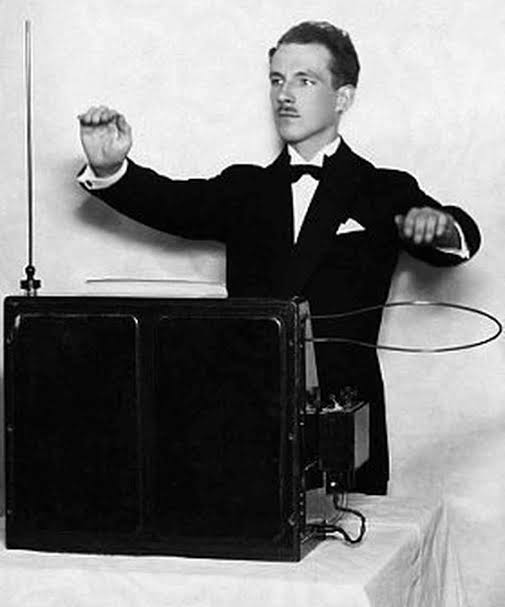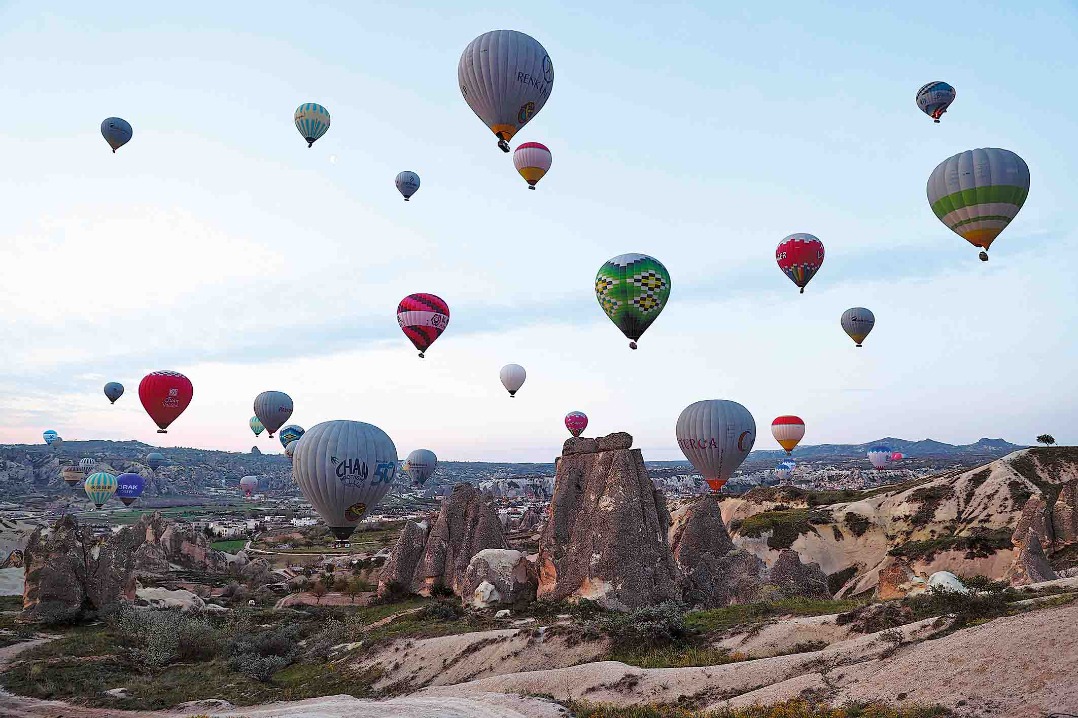Fatal Hot Air Balloon Crash in Turkey Kills Pilot, Injures Tourists

A tragic hot air balloon crash occurred on Tuesday, June 17, 2025, in Turkey, claiming the life of the pilot and injuring nineteen tourists. This devastating incident, which took place in a region renowned for its popular hot air balloon excursions, has sparked serious safety concerns among adventure travelers, particularly those from Britain. The accident unfolded on a Sunday near the scenic Ihlara Valley in Turkey’s Aksaray province, a well-known destination for hot air ballooning. During the descent, a sudden and unexpected gust of wind caused severe complications, prompting the pilot to attempt a difficult landing. In a critical turn of events, the pilot reportedly fell from the balloon’s basket and became entangled in the ropes, sustaining fatal injuries. The balloon was carrying 19 Indonesian tourists, all of whom sustained various injuries and were promptly transported to a nearby hospital for medical treatment.
Adding to the day's events, another hot air balloon experienced a similarly rough landing in the same area earlier that Sunday morning. This separate incident resulted in injuries to 12 Indian tourists, further amplifying worries about the safety protocols and overall reliability within the region’s bustling hot air ballooning industry. Hot air balloon rides are a cherished method for exploring the striking, unique landscapes of central Turkey, most notably the Cappadocia region. This area is globally acclaimed for its distinctive geological formations, often referred to as “fairy chimneys”—towering spires intricately sculpted over centuries by natural erosion. Cappadocia’s remarkable beauty has earned it the prestigious designation of a UNESCO World Heritage Site, consistently drawing adventure-seeking travelers from all corners of the globe.
For travelers, especially those from the UK, considering this breathtaking experience, a thorough understanding of the safety aspects of hot air ballooning is crucial. While the recent incidents have prompted understandable concern, it is important to contextualize them within the broader safety record of the activity. Despite its dramatic nature, hot air ballooning maintains its status as one of the safest forms of air travel. Although no adventure sport is entirely devoid of risk, serious accidents are exceedingly rare. A comprehensive study, specifically focused on flights in Cappadocia—recognized as Turkey’s hot air ballooning capital—unveiled highly promising safety data. Between 2013 and 2017, researchers meticulously analyzed 81,112 flight hours, accommodating more than 1.4 million passengers. Over that five-year period, a mere 12 accidents were reported, all of which occurred exclusively during landings. These isolated incidents resulted in a total of 33 serious injuries and three fatalities. These findings strongly underscore the remarkable overall safety of hot air ballooning, particularly when flights are conducted by accredited, licensed operators under optimal weather conditions.
The impressive safety record of hot air ballooning extends beyond Turkey. In the United States, the activity has consistently demonstrated a strong safety performance over several decades. According to data compiled by the National Transportation Safety Board (NTSB), only 16 fatalities directly related to hot air ballooning were recorded nationwide between 2002 and 2016, translating to an average of just over one death per year. Examining the long-term historical data, the NTSB had documented a total of only 775 hot air balloon incidents across the entire country from 1964 through 2021. Given these remarkably low numbers, it is clear that hot air balloon accidents are exceedingly rare. Statistically speaking, an individual's probability of being struck by lightning or suffering a shark attack is considerably higher than their likelihood of being involved in a fatal hot air balloon incident.
The primary contributing factor to this impressive safety record lies in the stringent operating conditions. Hot air balloons are exclusively launched in calm, stable weather environments characterized by light winds, thereby meticulously minimizing the risk of mid-air turbulence or compromised visibility. Flights are frequently subject to cancellation or significant delay at the merest indication of unfavorable weather, unequivocally demonstrating the industry’s unwavering commitment to passenger safety. On any given day, more than 100 hot air balloons ascend into the skies above Cappadocia, with the vast majority of these flights commencing just after sunrise. This timing is strategically chosen because wind conditions are typically at their calmest and most predictable during the early morning hours, further enhancing safety.
Modern hot air balloons are engineered with advanced materials meticulously chosen for both safety and performance. The expansive balloon envelope, which is the main fabric part that holds the heated air, is typically constructed from ripstop nylon. This material is a lightweight yet exceptionally durable synthetic fabric. It is specially woven to inherently resist tearing, offering significantly enhanced strength compared to standard nylon, and its widespread adoption in the industry dates back to the 1980s with the proliferation of synthetic fiber technologies. The baskets, serving as the platform where passengers and pilots stand throughout the duration of the flight, are most commonly fashioned from wicker. This traditional material remains a favored choice due to its unique and advantageous combination of inherent strength, surprising lightness, and crucial flexibility. Wicker baskets possess the capacity to safely support hundreds of pounds while simultaneously absorbing impacts and subtly adjusting with passenger movement, thereby contributing to overall stability during the flight and landing. While a limited number of contemporary balloons have begun to incorporate aluminum baskets, wicker steadfastly maintains its position as the preferred option, revered for its reliable equilibrium of safety attributes, enduring durability, and timeless historical charm.
If you are planning to embark on a hot air balloon experience, the single most critical step you can take is to meticulously select a trusted and fully licensed operator. A reputable company, distinguished by experienced pilots and robust safety protocols, will significantly mitigate any potential risks associated with the activity. Once your booking has been confirmed with a reliable provider, you can then wholeheartedly focus on anticipating and enjoying the extraordinary adventure that awaits. Proper clothing is absolutely essential for maintaining comfort throughout your flight. Even during the warmer months, the early morning air at higher altitudes can feel surprisingly chilly. Given that most flights depart at dawn, when conditions are calmest, it is highly advisable to dress in multiple layers. Travelers are specifically recommended to wear long trousers, a long-sleeved shirt, and a warm jacket. Sturdy and comfortable closed-toe shoes are also an absolute necessity, as passengers typically remain standing for at least an hour during the flight and throughout the landing process.
Prior to your flight, it is prudent to thoroughly review the company’s specific age and health policies. Many hot air balloon operators implement strict restrictions to safeguard the well-being and safety of all passengers. Consequently, young children, pregnant women, or individuals with certain pre-existing medical conditions may not be permitted to fly. These restrictions are put in place due to potential risks that could arise during takeoff, landing, or specific in-flight conditions, ensuring the safety of all participants. While the recent incident in Turkey has understandably generated a degree of concern, it is crucial to reiterate that such events are exceedingly rare within the hot air ballooning industry. Hot air ballooning is widely and consistently regarded as a remarkably safe activity, provided it is conducted by highly qualified professionals operating under appropriate and favorable weather conditions. Like all adventure sports, it inherently carries a minimal degree of risk, but overall, it unequivocally remains one of the safest forms of recreational aviation available. With the right preparation and a cautiously informed approach, the vast majority of travelers discover it to be an unforgettable, breathtaking, and truly exceptional experience.
You may also like...
The Names We Carry: Why Africa’s Many-Name Tradition Shouldn’t Be Left Behind

"In many African communities, a child's birth is marked with a cascade of names that serve as fingerprints of identity, ...
WHY CULTURAL APPROPRIATION ISN’T ALWAYS OFFENSIVE

In a world of global fusion, is every act of cultural borrowing theft—or can it be respect? This thought-provoking essay...
Africa’s Health Revolution: How a New Generation is Redefining Global Wellness from the Ground Up

Move beyond the headlines of health challenges. Discover how African youth and innovators are using technology, traditio...
Kwame Nkrumah: The Visionary Who Dreamed of a United Africa
(13).jpeg)
Discover the powerful legacy of Kwame Nkrumah, Ghana’s first president and a pioneer of Pan-Africanism, whose vision for...
Meet the Theremin: The Weirdest Instrument You’ve Never Heard Of

From sci-fi movies to African studios? Meet the theremin—a touchless, ghostly instrument that’s making its way into Afri...
Who Told You Afro Hair Isn’t Formal?

Afro hair is still widely seen as unprofessional or “unfinished” in African society. But who decided that coils, kinks, ...
1986 Cameroonian Disaster : The Deadly Cloud that Killed Thousands Overnight

Like a thief in the night, a silent cloud rose from Lake Nyos in Cameroon, and stole nearly two thousand souls without a...
How a New Generation is Redefining Global Wellness from the Ground Up

Forget fast fashion. Discover how African designers are leading a global revolution, using traditional textiles & innov...

